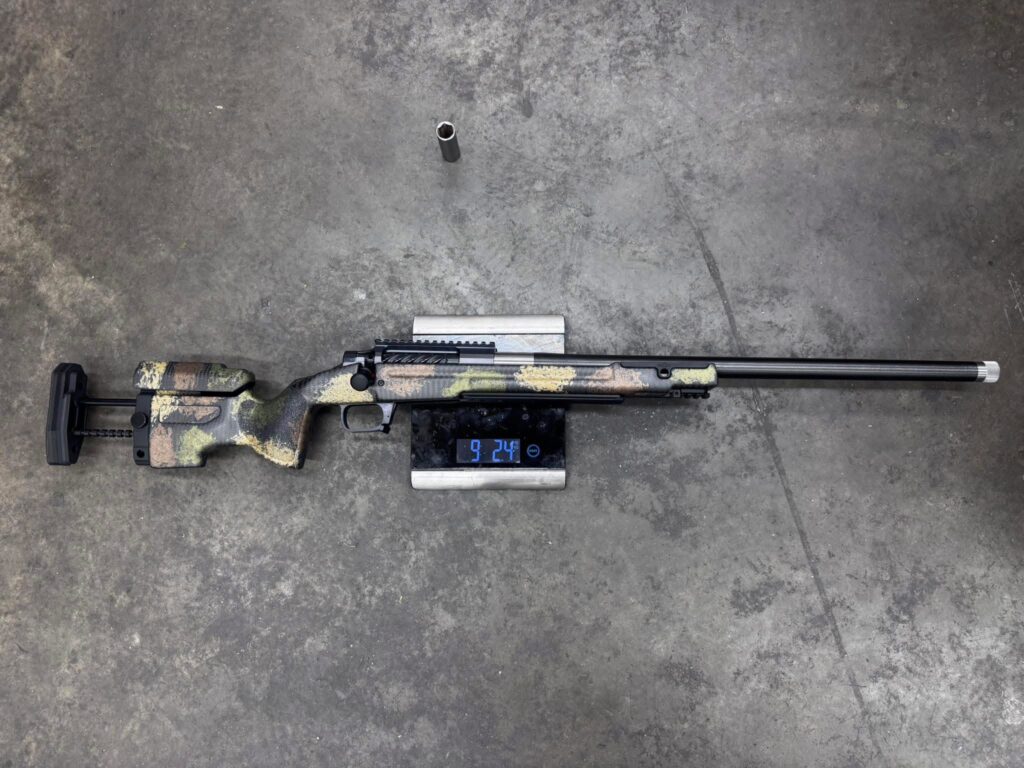A Time for Work and A Time for Rest
Another long day! The carbon fiber barrels are done…
Except 2 ARs… got to drill the gas port. And thread them.
Have a blessed Sunday!
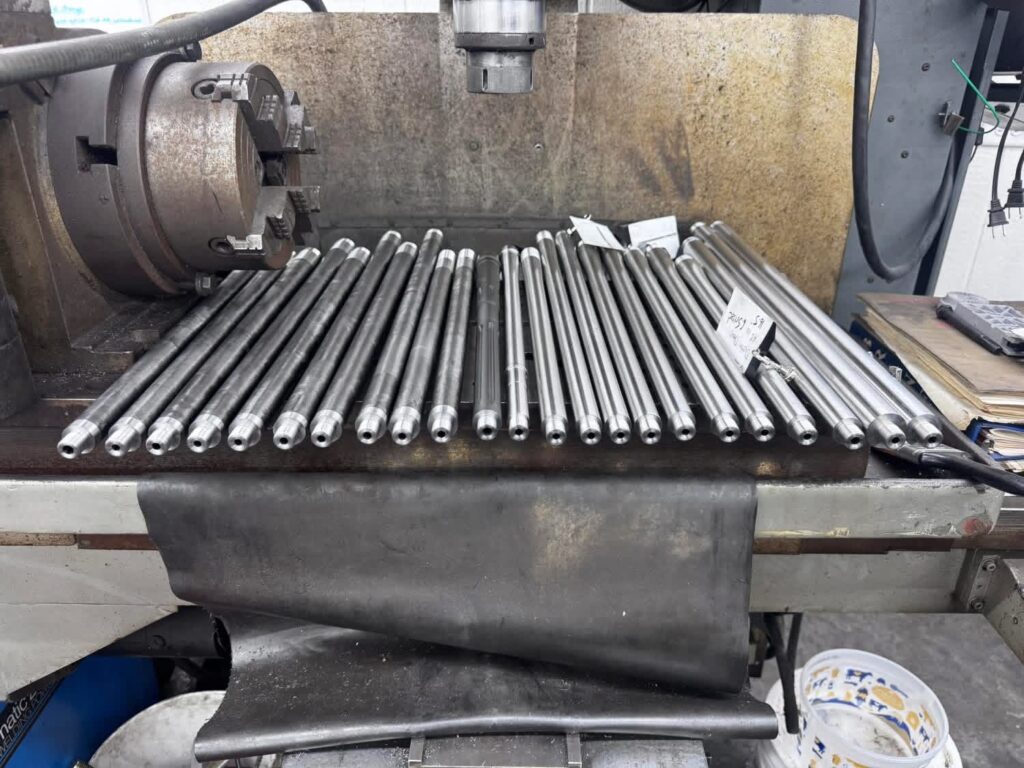
Another long day! The carbon fiber barrels are done…
Except 2 ARs… got to drill the gas port. And thread them.
Have a blessed Sunday!

Carbons wrapped barrels Finished with the oven cure!
Time to make them sexy and add some threads.
Thanks for the business
God Bless, Dustin
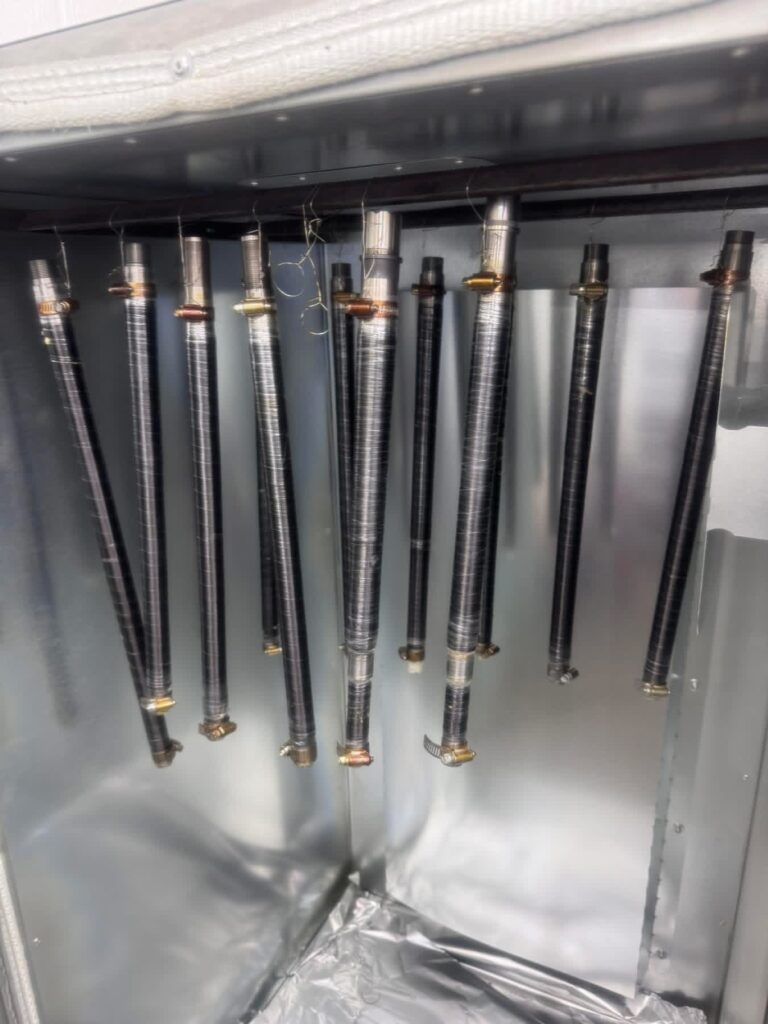
That was a lot of muzzle threads for one day!
Stainless barrels are DUN!!! Done….
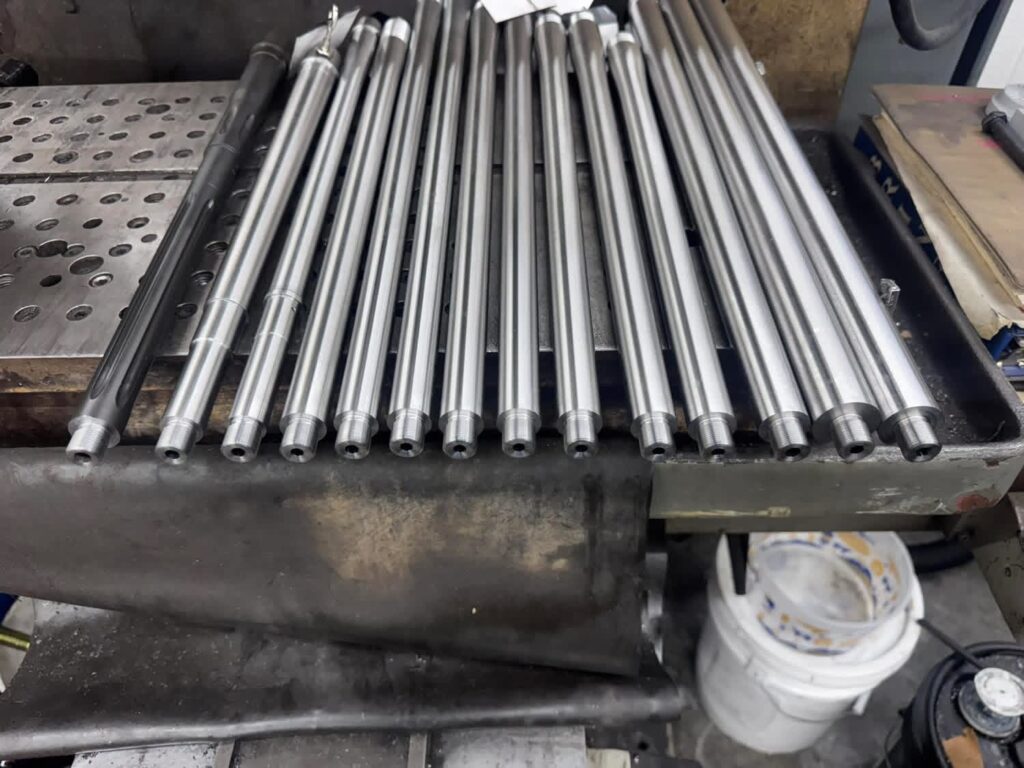
Polished ready for threads!

Testing out a few new Toys tonight!
No more shaky Tripod videos.
Warrior Tripod
Rix Stride 6 Helmet scanner
Let’s Roll!
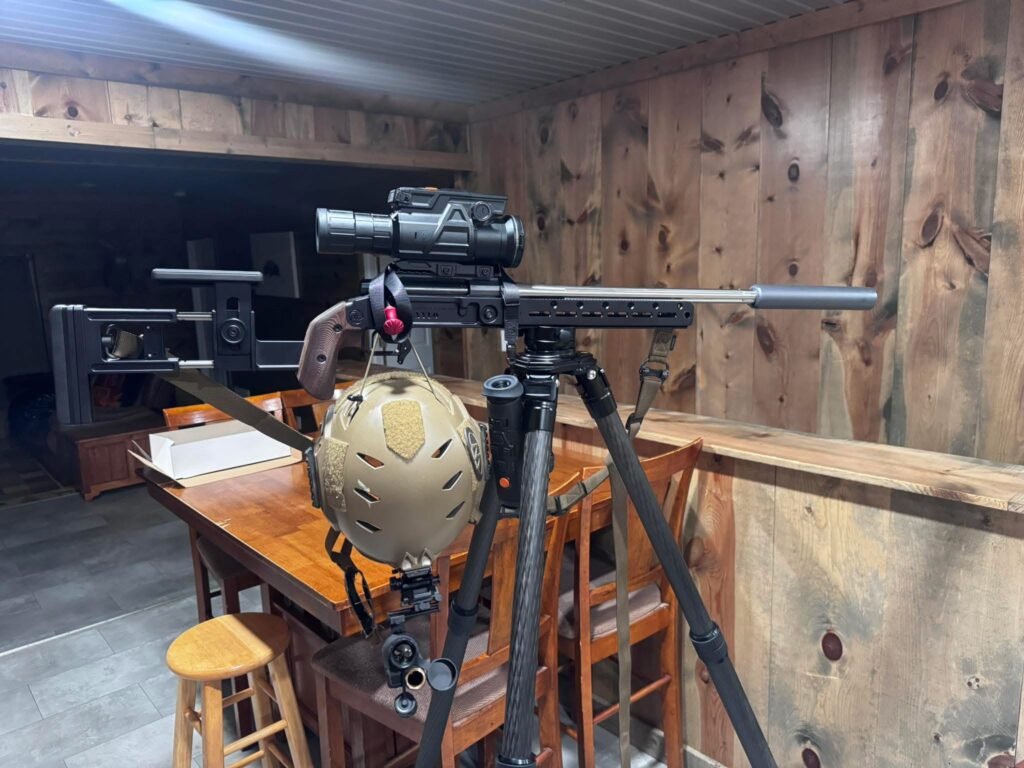
We get asked all the time what our carbon wrapped barrels weight… constantly forget! And as luck would have it I forgot on this one also.
I did remember to weight it when it was assembled. 9 pounds 2 oz with an American Rifle Company Coupe De Grace action, 22 inch 22 Creedmoor Barrel and a manners night hunter stock with the mini chassis.
Thanks for the Business!
God Bless
